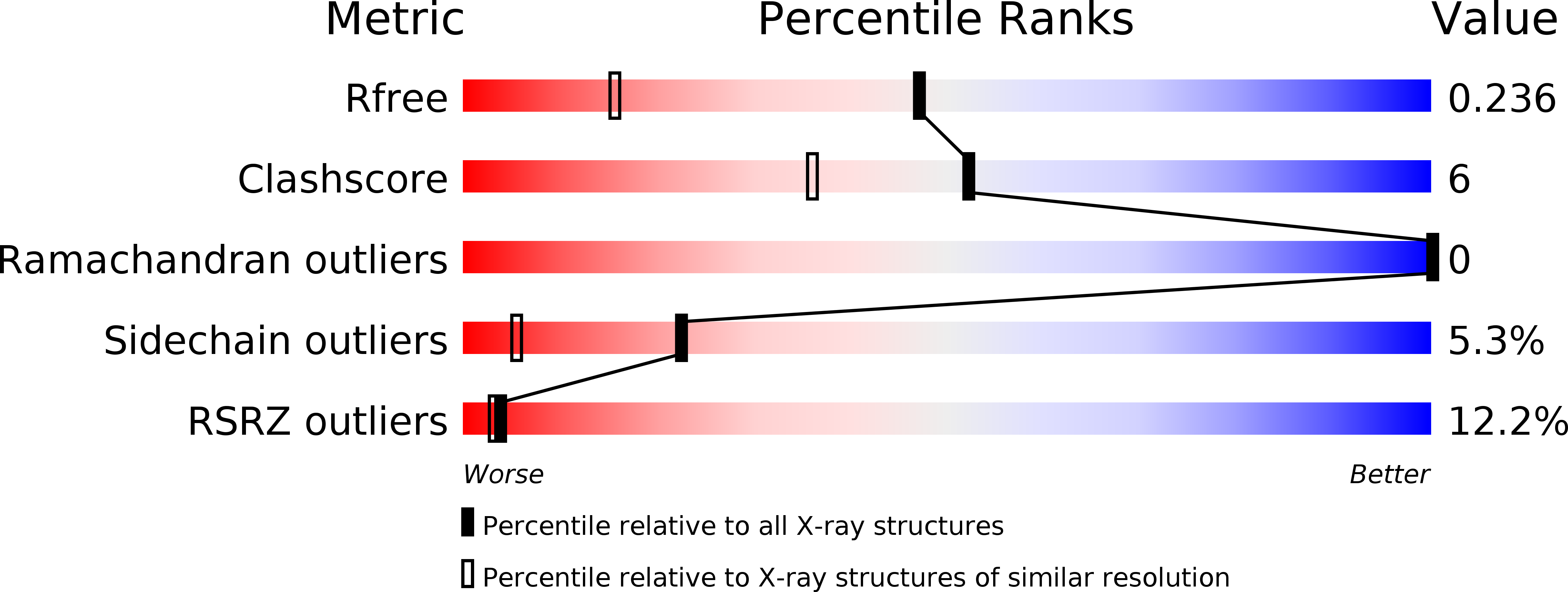
Deposition Date
2006-10-24
Release Date
2007-10-30
Last Version Date
2023-10-25
Entry Detail
PDB ID:
2NNE
Keywords:
Title:
The Structural Identification of the Interaction Site and Functional State of RBP for its Membrane Receptor
Biological Source:
Source Organism:
Mus musculus (Taxon ID: 10090)
Host Organism:
Method Details:
Experimental Method:
Resolution:
1.60 Å
R-Value Free:
0.24
R-Value Work:
0.21
R-Value Observed:
0.21
Space Group:
P 43 21 2


